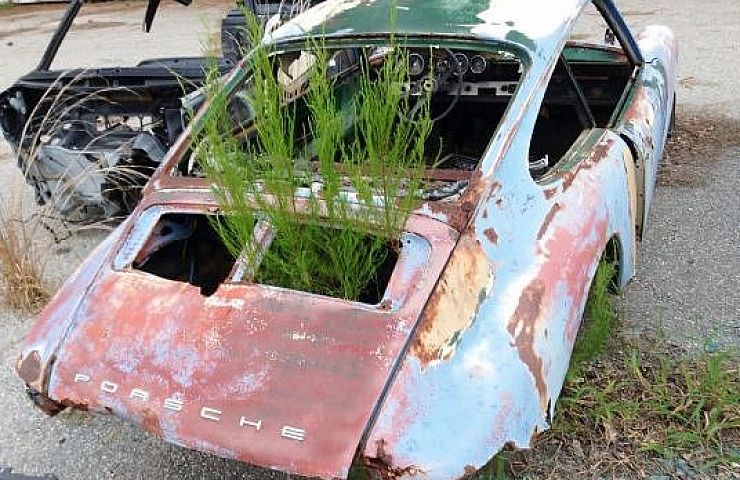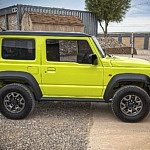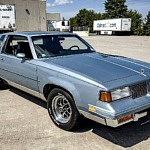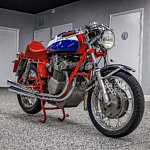Hang around in the world of classic automobiles long enough, and you’ll inevitably hear someone refer to their “parts car.” That’s the term for a second vehicle that you keep around not to drive, but to cannibalize to supply parts for your actual project vehicle.
Think of it as your own private miniature salvage yard—one that’s entirely specific to your primary car or truck.
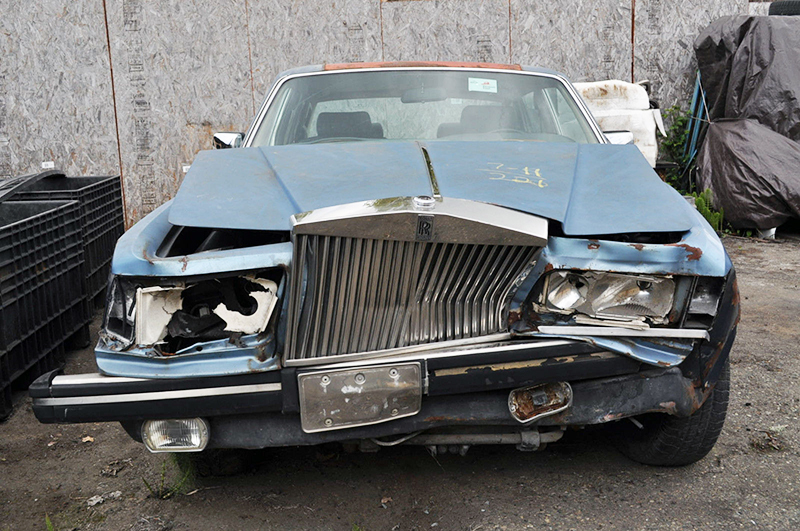
This wrecked 1982 Rolls Royce Silver Spur is a parts car that could supply an engine and transmission.
What should you look for in a parts car? Ideally, it’s an example of your main vehicle that’s too far gone to restore—either in its mechanics or body—but still in good enough condition so you can cherry-pick the parts you need. Most of the time, a parts car is used for hard-to-find interior and exterior trim, or electrical wiring, switches, relays, and other minutiae. Glass and some body panels—like roofs, fenders, trunk lids, and doors—are also commonly sourced from parts cars.
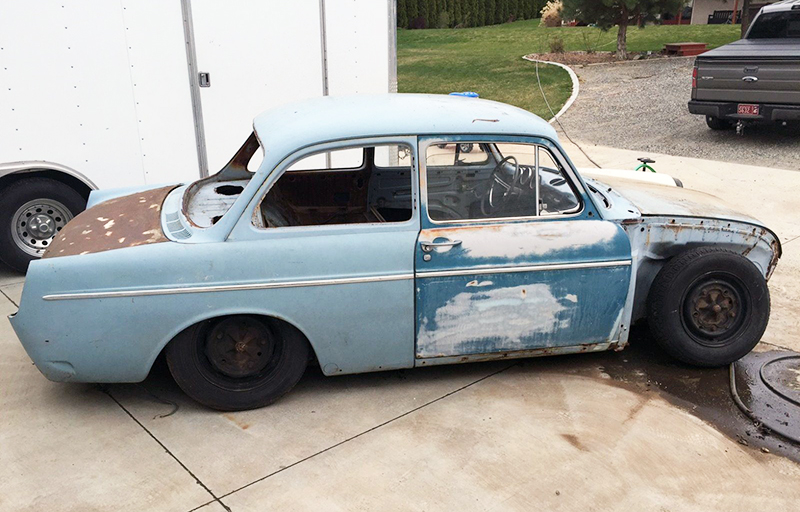
This 1965 Volkswagen Type III could be a great source for rare trim pieces that are specific to the model.
Of course, not everyone uses a parts car to restore another vehicle. Sometimes, it’s a source of specific components to flesh out a more radical hot rod or custom build. Kit car constructors—for example, builders of Cobras and Porsche 356 replicas—often buy running donors so they can lift the drivetrain and wiring all in one shot and then surgically implant it into a new home. Common examples include Mustangs in the case of Cobras, and Volkswagens for the Porsche crowd.
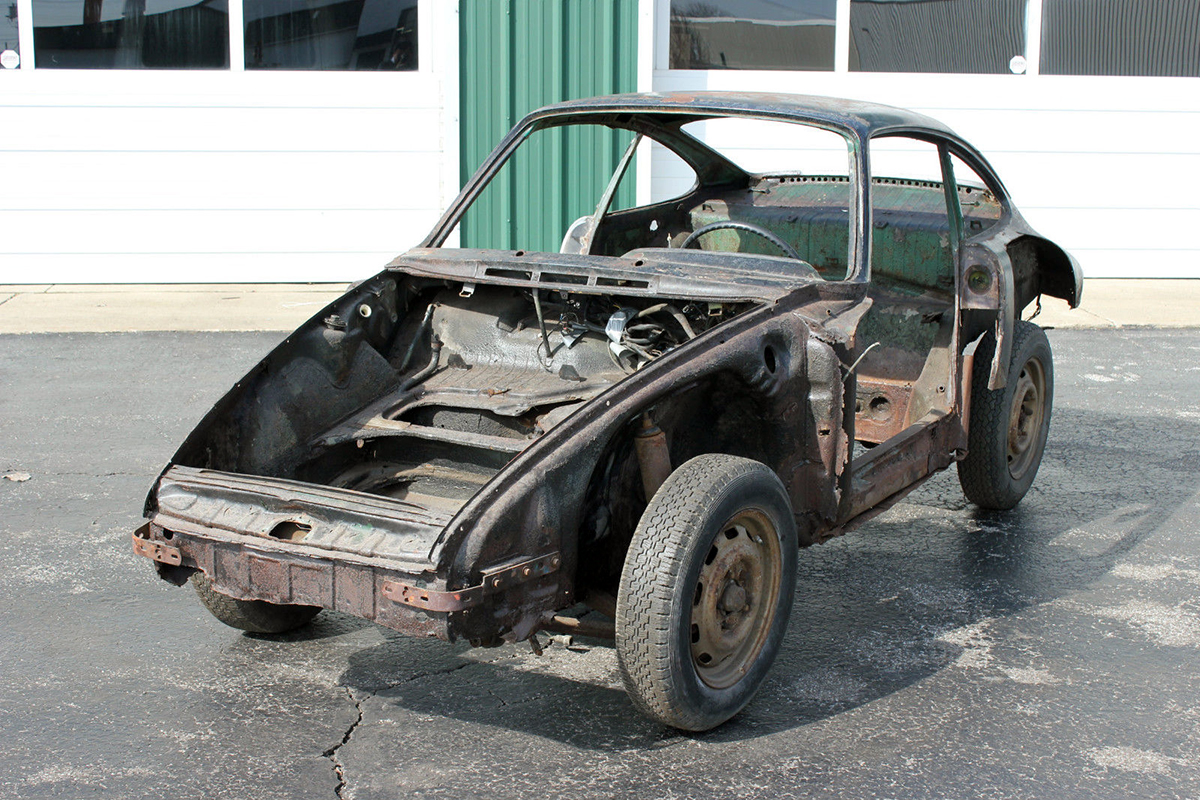
A 1966 Porsche 912 coupe roller that might accept a crate motor.
Going in the other direction, “rollers” is a term used to describe a chassis that may or may not have body work or an interior, but which is definitely missing its running gear. These are valued by anyone who has a hot engine and transmission sitting in the garage that they want to drop into a suitable platform.
Ultimately, picking the right parts car means understanding your project’s exact needs. If you need an engine and a transmission, and nothing else, then a car that’s been in an accident can be a solid pick-up. If you want to install a crate motor in a vintage ride, then a roller that’s corrosion-free—and ideally from a dry climate like Arizona—is preferable. For someone seeking rare trim pieces, interior parts, or items that came exclusively with a specific model, seek out the cheapest but most complete non-running car to serve as your go-to parked supply.

